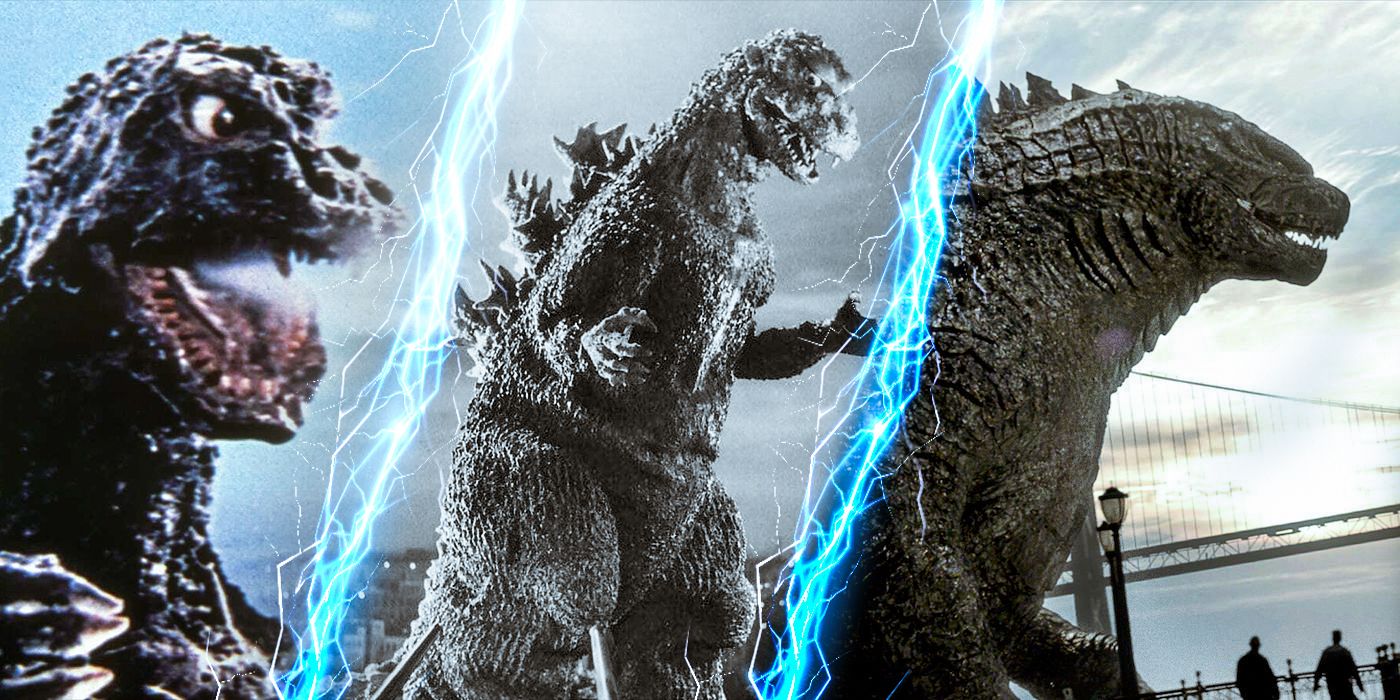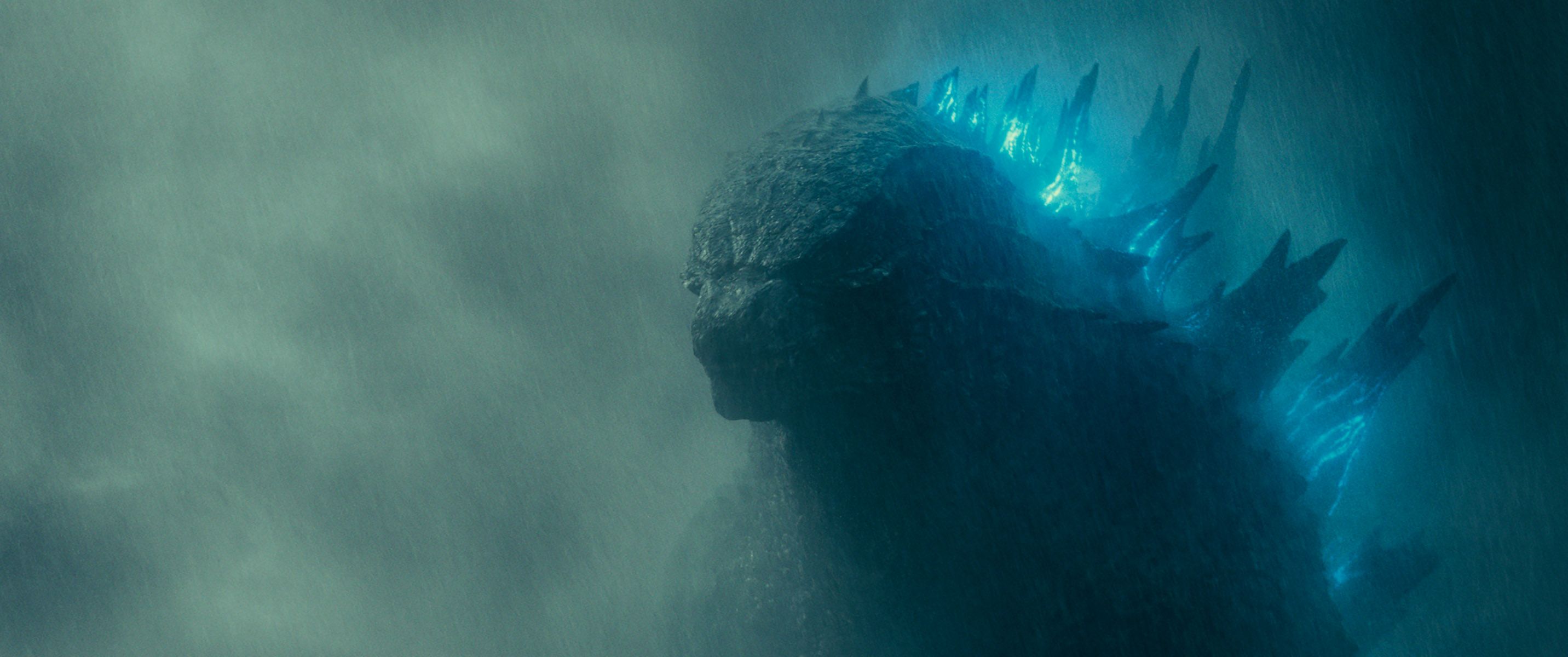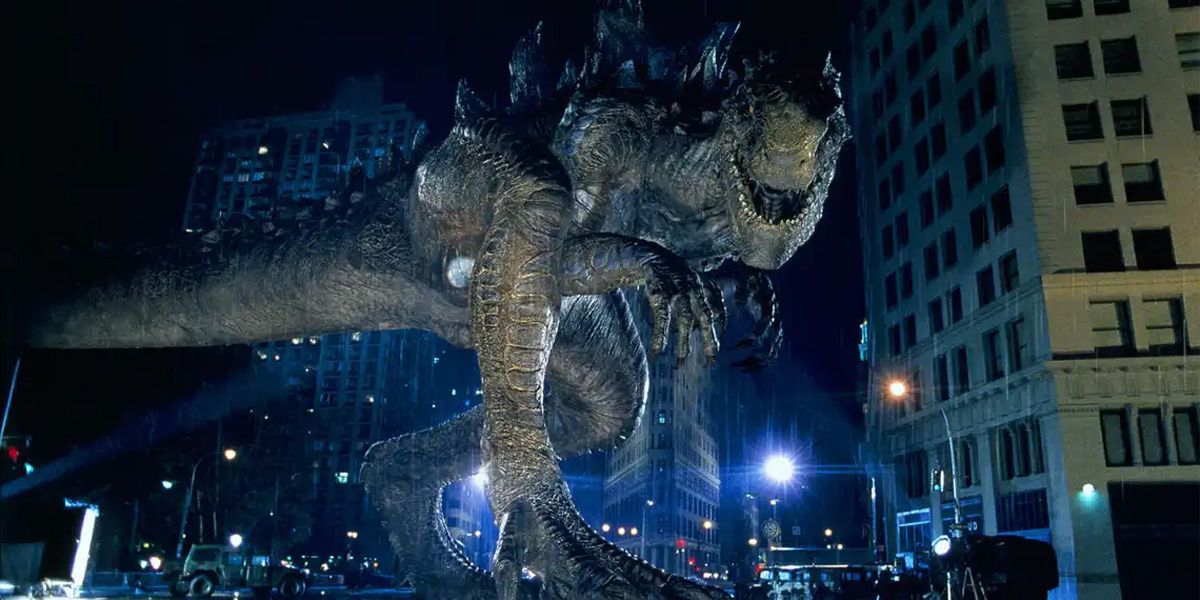Godzilla has been around for almost 70 years. He first appeared in Ishiro Honda’s haunting 1954 film where, as the title character, Godzilla laid waste to Tokyo. In that film, Godzilla is a potent metaphor of a nation, less than a decade after being the only country in Earth’s history to be hit with nuclear weapons, reckoning with what it means to live with that fallout and how military escalation can only bring further devastation. But even in that film, it would be a stretch to call Godzilla a “villain” as there seems to be no malevolent agenda to his actions. He is a force of nature, a manifestation of annihilation. He doesn’t pick and choose his victims; he simply sets forth and destroys.
But Godzilla turned out to be a good thing for Toho, the studio behind the Godzilla movies. The film’s success in not only Japan but also in America, where it was recut and released as Godzilla: King of the Monsters!, signaled an international popularity that made sequels inevitable. Of course, you can only destroy cities so many times, so the solution for future films was always to have Godzilla fight another monster. However, in his next few features—Godzilla Raids Again, King Kong vs. Godzilla, and Mothra vs. Godzilla—he was still “the enemy”. Again, he has no evil agenda, but his rampage of destruction must be stopped, and it’s usually contingent on the good monster like King Kong or Mothra to defeat Godzilla since mankind’s weapons have no effect on the creature.
But after Mothra vs. Godzilla, Toho chose to make Godzilla “the hero” and here his heroic intent is clear. No longer simply rampaging through cities and killing innocent civilians, Godzilla gets matched against another beast such as King Ghidorah and Ebirah. What’s clear here is how Godzilla, less than 20 years after serving as the manifestation of nuclear horror, is now an adorable hero who even does a little dance sometimes or teaches the little monster Minilla how to properly deploy atomic breath.
How did Godzilla change so drastically? Because unlike other long-running characters, Godzilla is really more a series of actions with a fungible personality that can be deployed according to the needs of the story. For comparison, we all know that James Bond has to behave a certain way. If James Bond blew up a bunch of innocent civilians for no reason, he would cease to be James Bond because he’s always the hero and he serves the British government. Godzilla doesn’t have those restraints, and the question is what filmmakers choose to do with a character who really only does a handful of things.
For some, Godzilla is nothing more than a set piece delivery vehicle. He shows up, he rassles with another monster, and he leaves. Some would argue that this is all they want from a Godzilla movie, and that the human characters simply get in the way of the fun. I would counter that the humans offer the stakes of the story since Godzilla will never die (he technically dies at the end of 1954’s Godzilla only for Godzilla Raids Again to say, “There was another Godzilla and we will call him Godzilla so for all intents and purposes, Godzilla never died.”) nor does he have any deep wants or needs. Ultimately, your human characters need to offer a point of view or some kind of investment from the audience even if it’s the slight escape antics offered in something like Ebirah, Horror of the Deep or fending off the alien antagonists of Invasion of Astro-Monster. These humans are the tether to the stakes, however slight they may be, because ultimately Godzilla isn’t really a character who has wants or needs.
That’s not to say that it’s good or bad that Godzilla is so malleable, but rather than he’s more of a tool that also happens to be the headliner of any film in which he appears. When the tool is used poorly, it shows, but that also depends on what you want out of your Godzilla movie. If you just want to see him wail on other monsters, you’re going to get that, but I’ve found that the stronger entries usually have some kind of thoughtful connection to what Godzilla represents even as recently as 2016’s excellent Shin Godzilla, which uses the arrival of Godzilla to showcase frustration with bureaucracy and politics. But if you see him as only a monster that wreaks destruction and your human characters are dull, then all the air ultimately goes out of the picture. For all of his cultural impact and legacy, Godzilla alone is not enough to sustain a movie.
While 1998’s Godzilla is an awful movie, it’s also a film that emphasizes the clear problems when you have lousy human characters and only see Godzilla as a destruction-delivery vehicle devoid of any of subtext or theme. 2014’s Godzilla may not be the deepest movie, but it at least knows how to thread the needle of Godzilla’s behavior (not benevolent or malevolent, but rather a force of nature that might protect humans) while doing the bare minimum necessary with its human characters to move the plot along. It’s not the best Godzilla movie, but it shows that when you only use Godzilla as a way to smash cities, that’s not really enough to sustain a feature-length film.
When someone says, “Not My Godzilla” or “It’s Not a True Godzilla Movie”, that argument can quickly crumble. After the success of the 1954 movie, Toho purposefully managed the character to interact with other kaiju in the studio’s repertoire, and then shifted him again to be more heroic and appealing to children so that by the time you’ve reached something like All Monsters Attack, they’re literally reusing footage from older movies while also teaching a young boy about the importance of standing up to bullies. And that’s fine! It’s fine to use the flexibility of Godzilla to tell different kind of stories. Ironically, by moving so far away from the original 1954 film and doing it relatively quickly, Toho never had to worry about what it meant to be “faithful” to Godzilla. He’s big, he stomps, and he has atomic breath. Whatever he does from there is up to the filmmaker.



